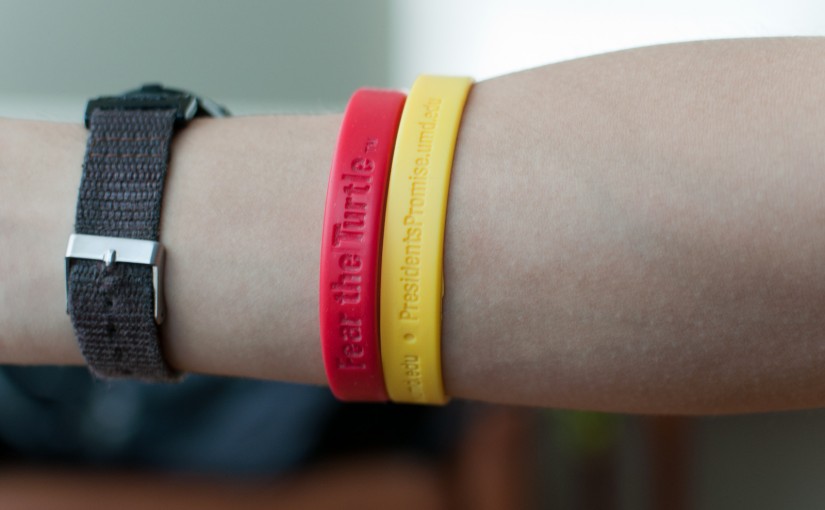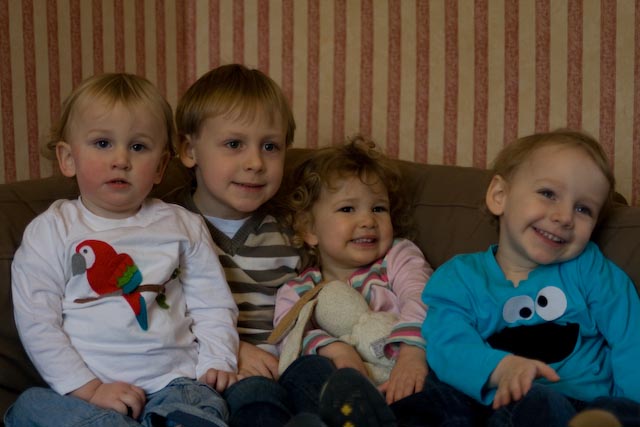Tag: Awareness
-

What is Autism?
Have you or someone you know been diagnosed with autism? Are you left confused, afraid and wondering what exactly this condition is? Are you stuck with media stereotypes about an autistic person’s lack of functioning? If so, keep reading. This article will explain what autism is, without invoking any of the stereotypes commonly associated with…
-

What Are Special Needs?
As of the 2012-13 school year, 14 percent of all public school students were receiving special education services, according to the National Center for Education Statistics. But what does it mean for a child to have special needs? Broadly speaking, “special needs” is used to describe children who require any kind of special support due…
-
Direct Mail Fundraising
Even in the digital age, direct mail has continues to be a powerful method for nonprofits to connect to supporters for fundraising. In fact, one in three consumers reported they had taken action for a nonprofit in response to a piece of direct mail, according to the Direct Marketing Association’s 2015 DMA Fact Book. But…
-

Take Action: Wear Your Cause
From ribbons to bracelets to t-shirts, it seems there is gear for every cause and every style these days. And sure, it’s great to join in when it comes to a cause you believe in, but does sporting your awareness swag really make a difference to researchers and patients? Sometimes it can feel like a…
-

Are We in an Autism Epidemic?
One in every 68 children in America is diagnosed with autism spectrum disorder (ASD), according to data from the U.S. Center for Disease Control. This is a much higher diagnosis rate than about 10-20 years ago. Scientific American cites the rate from 1993 to 2003 as one ASD diagnosis for every 2,500 individuals. That’s a…
-

Can Diet Cure Autism?
The myth that diet can cure ASD may have stemmed from the belief some people hold that autism is linked to certain types of foods—particularly, gluten and casein. These are proteins found in foods such as wheat, barley and oats; and milk, cheese and yogurt, respectively. Many parents of autistic children have tried eliminating these…
-

5 Reasons Big Bang Theory’s Sheldon Cooper is Thought to Be On the Spectrum
Is The Big Bang Theory’s starring character Sheldon Cooper on the autism spectrum? Co-creator of the show Bill Prady has side-stepped attempts to label the character. But the question keeps coming up, because a lot of fans of the show see startling commonalities. “On the Spectrum” To say someone is “on the spectrum” refers to…
-

15 Tips for Teaching the Highly Functioning ASD Child
The needs of a child with autism spectrum disorder (ASD) in the classroom can be very different from those of typical students in the class—even high-functioning ASD students require extra, and often, different kinds of support compared to typical students. ASD students have unique challenges including difficulty reading social situations and making friends; adapting to…
-

Understanding Asperger’s: A Teacher’s Guide
Students with Asperger’s syndrome present a unique set of challenges—challenges that many teachers are not provided with the appropriate training for. This can make welcoming a student with Asperger’s into the classroom seem daunting. Fortunately, there are a lot of resources available to help teachers fill the gap and educate themselves, so they can make…
-

What is PDD?
Pervasive developmental disorders (often shortened to PDD) is a term used to refer to a group of conditions that cause a delay in the development of basic skills. These basic skills most commonly include the ability to socialize, communicate and use imagination. People who have a PDD often struggle to understand the world around them. …